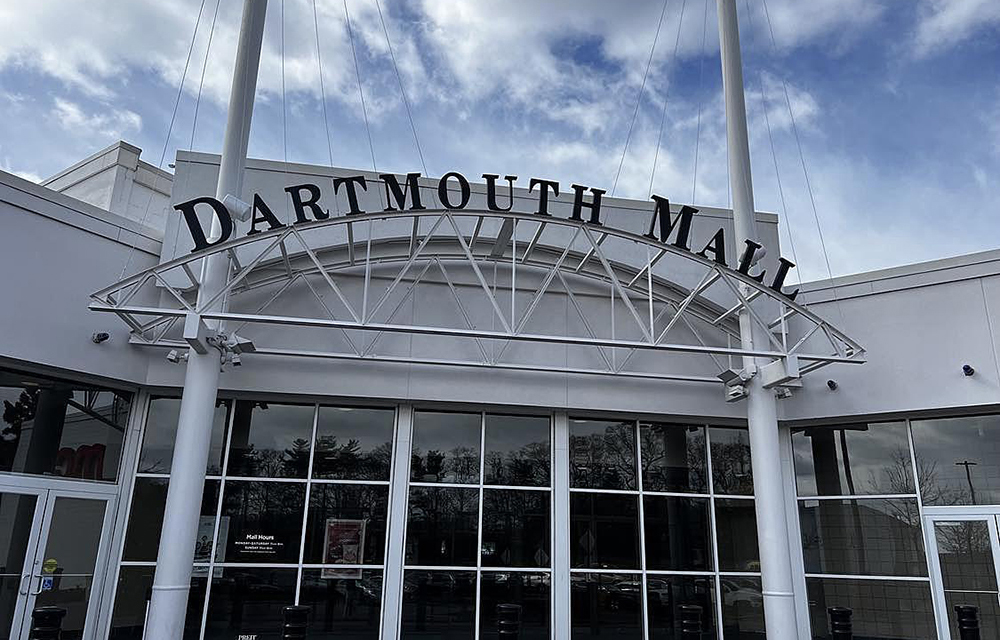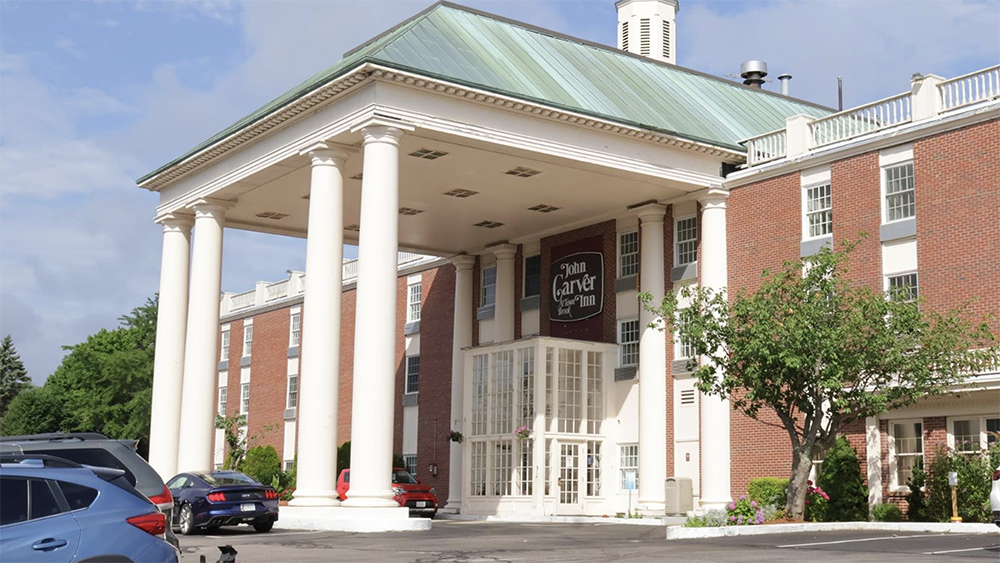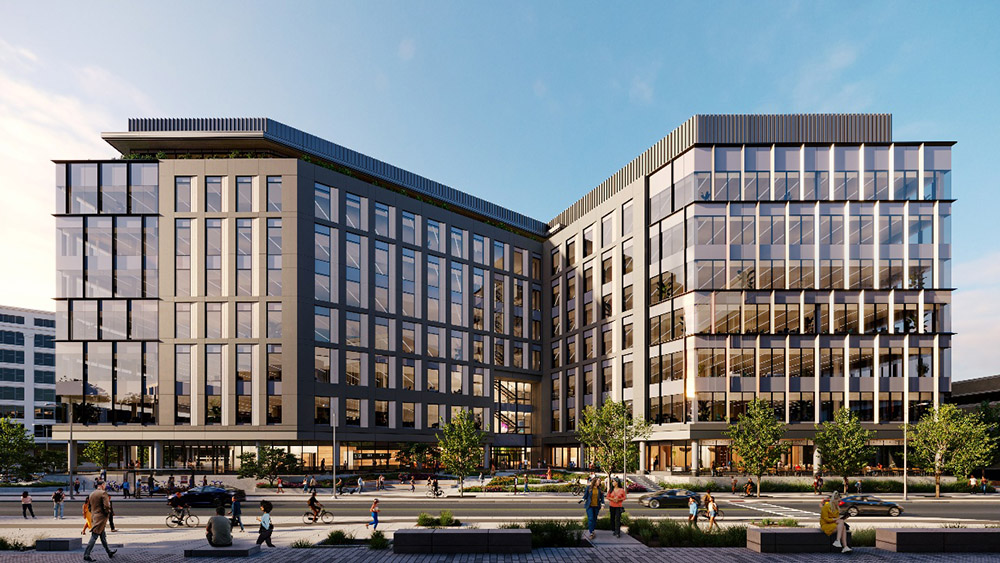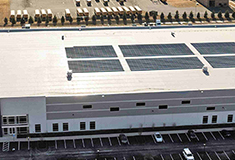Multifamily market update from Marcus & Millichap - by Tim Thompson

Marcus & Millichap
Boosted by strong hiring in high-wage sectors, particularly office-using and healthcare employment, significant growth continues in the Boston metro. Job gains over the past year reached 55,800 positions, with nearly 20,000 workers added at office-using firms, where wages are highest. However, the high cost of single-family homes in the most desirable neighborhoods is driving the vast majority of these residents toward rentals. As a result of the tightness in the labor market, the unemployment rate has fallen sharply during the current business cycle, reaching below 3.5% as of the end of the second quarter. This has resulted in a significant contraction in apartment vacancy as well, with most submarkets inside the core registering well below 2%.
Strong fundamentals in the multifamily sector have continued to translate into a robust development, with yearly completions averaging roughly 8,100 units over the past three years. While construction will tick up to 9,500 rentals in 2017, led by properties in the core Boston and Waltham submarkets, the focus on urban locations with high barriers to entry, and competition from single-family homes will keep the market extremely tight. Meanwhile, net absorption will remain elevated, limiting the effects of the new supply on the market’s vacancy rate. A marginal uptick in vacancy is possible this year as the apartments are absorbed, but the trend toward structurally tight vacancy remains in place.
This environment has given way to significant rent growth, with the core submarkets where vacancy is tightest registering the greatest appreciation in effective rents. Increases in the high single digits were commonplace over the past year, led by the Fenway/Brookline/Brighton submarket, where rents vaulted 14.5% to $3,174 per month. Overall, effective rents tacked on 4% to $1,882 per month metrowide, which includes submarkets as far out as Worcester and Manchester, N.H. This highlights the broad dispersion between units in the core and more suburban locations in second and third-tier suburbs. The addition of multiple mixed-use projects in the urban core with retail and office space combined with residential housing options will widen this gap over the coming years.
Investors have responded positively to these dynamics, prompting robust appreciation in average prices per unit, which have more than doubled since bottoming in 2009. Average prices per unit will now reach above $315,000 per door, although prices inside the core of the metro can extend much higher, particularly in high-end submarkets and newer buildings. As a result, cap rates have fallen to the low-4% range in these areas while extending toward the mid-5% band metrowide.
Institutions are focusing on the safety of urban core assets, seeking capital appreciation over the long term. Moderate value-add opportunities with potential for upgrades to common areas and individual units encompass the bulk of the value creation. Meanwhile, private capital and syndicates have shifted toward more suburban locations, seeking to boost returns through more intensive upgrades to achieve cap rates that can be up to 200 basis points higher than the core. While rent appreciation in these areas is less dynamic, vacancy continues to remain extremely tight as well, driving increases in deal flow and dollar volume amid a lack of sellers in core submarkets. A particular focus on assets along I-93 and I-95 has emerged throughout this cycle, driven by reinvigorated neighborhoods and a shift in renters toward cheaper options.
Overall, the marketplace is set to drive significant value creation for Boston multifamily investors over the next several years. However, the rate of appreciation moving forward is unlikely to match the recent past as more supply is absorbed by the marketplace and rising interest rates become a consideration. Long term fundamentals are expected to remain strongest in the core, where barriers to new supply remain highest, encouraging rent growth that will exceed the rate of inflation.
Tim Thompson is a regional manager at Marcus & Millichap, Boston, Mass.
PREIT to add new retail and dining options at Dartmouth Mall - Boot Barn, Lock Room by Lids, and more
Dartmouth, MA According to PREIT, Dartmouth Mall, the dominant enclosed retail destination in Southeastern Mass., will welcome the region’s first Boot Barn this fall. The nearly 15,000 s/f western and work wear retailer


Recently passed legislation creates opportunities to meet CT’s changing energy needs - by Klein and Feinn

IREM President’s Message: Fostering community connections during the holiday season


.png)





.png)
